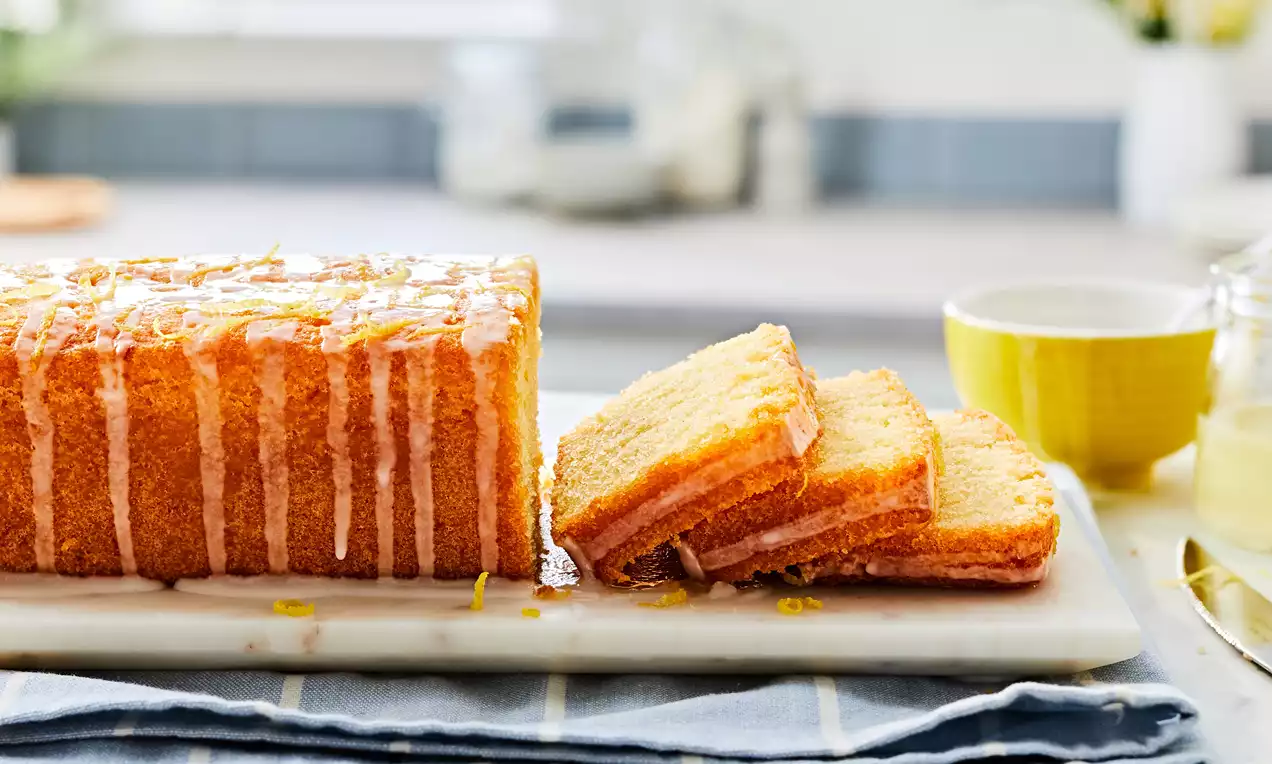
How to Soften Butter
Softened butter is a key ingredient of many recipes. And as every good baker knows, it’s all about following your recipe to the letter. If you’re lazy and the butter is too cold the ingredients won’t emulsify properly which results in less than brilliant bakes. You’ll need softened butter for our Triple Chocolate Filled Cookies or Gluten Free Lemon Drizzle recipes.
So, how do you soften butter? Here we’ve got the tips and tricks you need to know. We’ll tell you how to soften butter quickly with a few different methods. And we’ll also let you know what properly softened butter should look like.
You can soften butter by leaving it out of the fridge for around 45 minutes to an hour. But if you’re in a pinch and need to get baking right away, there are a few things you can do to soften butter fast. Here are some of the best ways to do it.
Using the microwave method:
• Pop the butter in a microwave safe bowl, and place in the microwave on 10 second bursts until soft.
Using a cheese grater for softening butter quickly:
• using the larger grating side, grate the cold butter to soften it quickly.
Place the butter cubes into a bowl of lukewarm water:
• Cut your cold butter into cubes
• Place the cubes in lukewarm water
• Leave them for 10 minutes for perfectly softened butter
Not only is softened butter so much easier to spread on your toast in the morning, it’s also essential for baking. Most recipes require room temperature or softened butter, and if the recipe requires it you need to use it.
If you bake with cold butter, it can result in dense cake, oily muffins, clumpy frosting and chunky cheesecake. It’s one of the best baking tips. If a recipe calls for butter and other ingredients at room temperature, you need to do it.
Room temperature butter is actually colder than you might think. At about 18°C it can even be cool to the touch. The exact temperature can depend on some external factors, like the temperature of where you live.
You need to be aware of the difference between softened and room temperature butter. Some recipes that call for room temperature butter may not work with softened butter – cakes for example can get a little dense with butter that’s too soft. Other recipes specifically require softened butter.
And if you’re short for time, you’ll need to use one of the methods above to get your butter softened and ready to go.
• Make sure all your ingredients are at room temperature for the best results. A bowl or knife that’s too cold or too hot can impact your results. Room temperature is always the way to go.
• You’ll know when your butter is softened sufficiently if it indents slightly when poked. Your finger shouldn’t be able to pierce through the entire stick – if it does, you’ve gone too soft. Your softened butter also shouldn’t show any signs of melting, moisture loss or oiliness.
With properly softened butter, you’ll be well on your way to some baking masterpieces. Need a little more help to get your new baking hobby off the ground? We’ve got loads of helpful hints and tips, from how to measure your ingredients correctly to how to ice a cake.
With properly softened butter, you’ll be well on your way to some baking masterpieces. Need a little more help to get your new baking hobby off the ground? We’ve got loads of helpful hints and tips, from how to measure your ingredients correctly to how to ice a cake. Additionally, why not expand your baking skills by experimenting with our products such as Madagascan Vanilla Natural Extract, Baking Powder and Bicarbonate of Soda. Happy Baking!